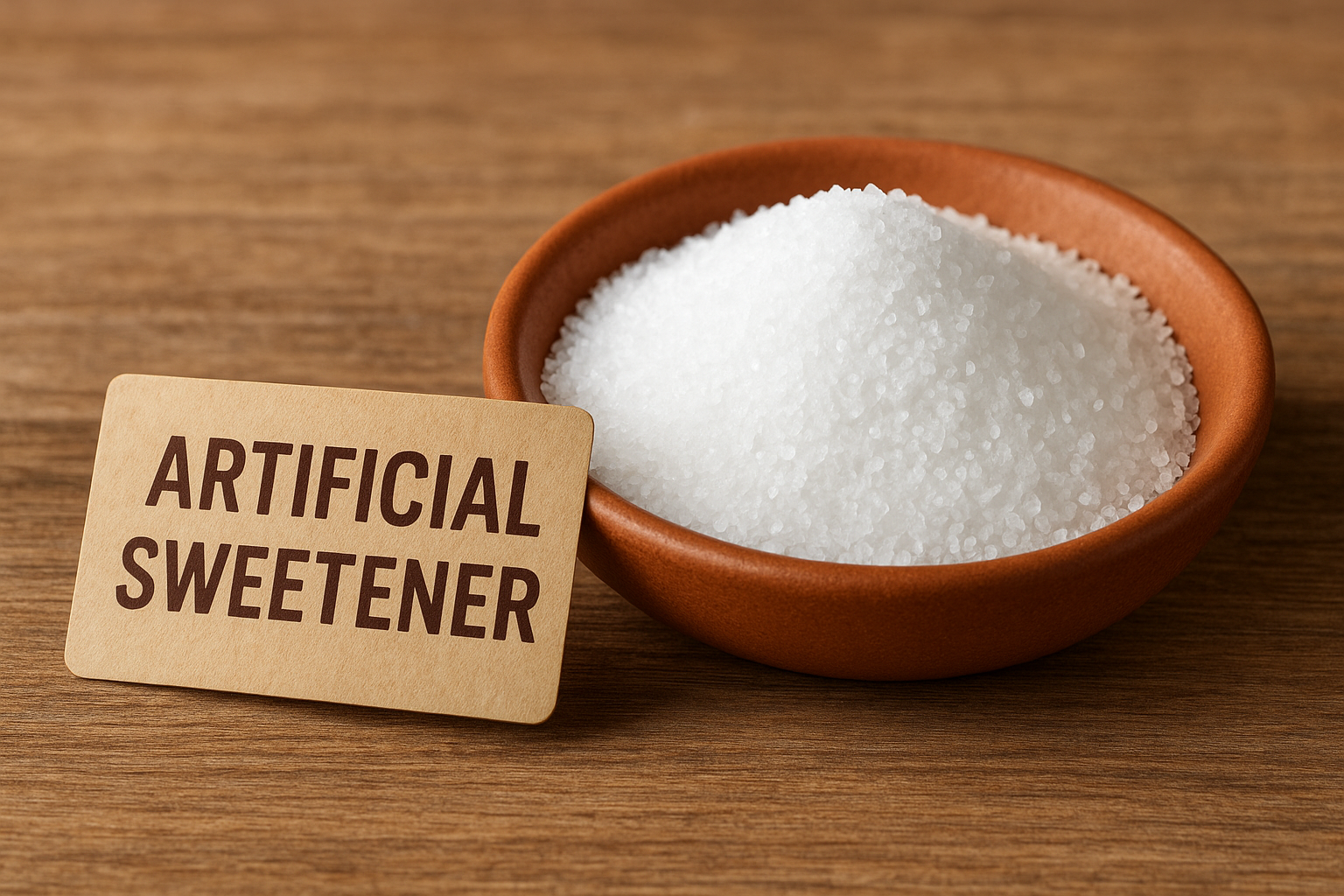-

Are corn syrup and high-fructose corn syrup (HFCS) better for blood sugar than white sugar because they come from a natural source?
1. The Trap of the ‘Natural’ Image Corn syrup and high-fructose corn syrup (HFCS) are sweeteners made by processing corn starch. Because they originate from a ‘natural’ ingredient, corn, it is easy to misunderstand that they are healthier than artificially refined white sugar (from sugarcane). 2. HFCS Can Be Worse Than Sugar However, from a…
-

Are the non-starchy parts of the sweet potato plant, like the stems and leaves, good vegetable side dishes that can be eaten without worrying about blood sugar, unlike the root?
1. Same Plant, Different Parts, Different Nutrition Even within a single plant, the nutritional composition and its effect on our body can be completely different depending on the part. The sweet potato is a prime example of this. 2. The Underground ‘Root’ – The Sweet Potato – Role: The sweet potato that we primarily eat…
-

Is potato salad a healthy food for people with diabetes because it’s made with boiled potatoes and mixed with vegetables?
1. Basic Ingredients of Potato Salad Potato salad is made by mixing boiled and mashed potatoes with various ingredients like mayonnaise, boiled eggs, cucumbers, carrots, and corn. It’s easy to think of it as a healthy food because of the name ‘salad’ and the fact that it contains various vegetables. 2. The Hidden Pitfalls: Mayonnaise…
-

Can purple sweet potatoes offer additional benefits for vascular health compared to regular sweet potatoes because they are rich in an antioxidant called ‘anthocyanin’?
1. The Power of Colorful Vegetables: Phytochemicals The vibrant colors of fruits and vegetables come from plant-based nutrients called ‘phytochemicals.’ These act as powerful antioxidants in our body, protecting cells from damage and lowering the risk of chronic diseases. The purple color of the purple sweet potato is also a type of phytochemical with special…
-

Is ‘gluten-free bread’, made with rice flour or corn starch instead of wheat, always better for blood sugar management than regular bread?
1. The Meaning of Gluten-Free Gluten-free means that a product does not contain ‘gluten,’ a protein found in wheat, barley, and rye. This diet is intended for people with gluten sensitivity or an autoimmune disorder called ‘celiac disease.’ It is not directly related to diabetes management. 2. Ingredients of Gluten-Free Bread Instead of wheat flour,…
-

If you freeze and then thaw rice cakes (tteok), does resistant starch form, making blood sugar rise more slowly?
1. The Principle of Resistant Starch It is a well-known fact that cooling rice or potatoes increases ‘resistant starch,’ which helps to moderate the rise in blood sugar. This occurs because as the starch cools, its molecular structure changes into a form that is difficult to digest. 2. The Case of Tteok is Different However,…
-

When cooking ramen, if you add less soup powder and plenty of vegetables like cabbage and mushrooms, can the blood sugar rise be more gradual compared to eating ramen alone?
1. Ramen: How to Avoid the Worst-Case Scenario Ramen is a representative food that people with diabetes should avoid due to its refined fried noodles and sodium-packed soup. However, situations may arise, such as social gatherings, where you may have to eat ramen. In such cases, you can use a few methods to slightly reduce…
-

Even with the same whole wheat bread, does pairing it with eggs or avocado result in a more gradual blood sugar rise than spreading jam or honey on it?
1. The ‘Entire Meal’ Determines the Glycemic Response The blood sugar response to a particular food is not determined by that food alone. It can change significantly depending on the nutritional composition of the other foods eaten with it. Especially when eating carbohydrate-rich foods, what you pair them with can be a very important strategy…
-

For the same type of pasta, does the thinner ‘angel hair’ digest more slowly and raise blood sugar more gradually than the thicker ‘spaghetti’?
1. Pasta Shape and Blood Sugar Even for pasta made from the same ingredient (durum wheat semolina), there can be slight differences in the glycemic response depending on the shape and thickness of the noodle. 2. The Relationship Between Surface Area and Digestion Speed – The Principle: The speed of food digestion is closely related…
-

Are ‘sugar-free’ or ‘low-sugar’ rice cakes (tteok) okay to eat freely because they use artificial sweeteners instead of sugar?
1. The Meaning of ‘Sugar-Free’ The ‘sugar-free’ or ‘low-sugar’ label means that ‘table sugar (refined sugar)’ was not used, or used in very small amounts, when making the product. This is a very attractive phrase for people with diabetes and health-conscious consumers. 2. The Fundamental Problem with Tteok However, in the case of tteok, the…
DangTalk download | PESS Mining | PiSTORE | Naver Cafe
